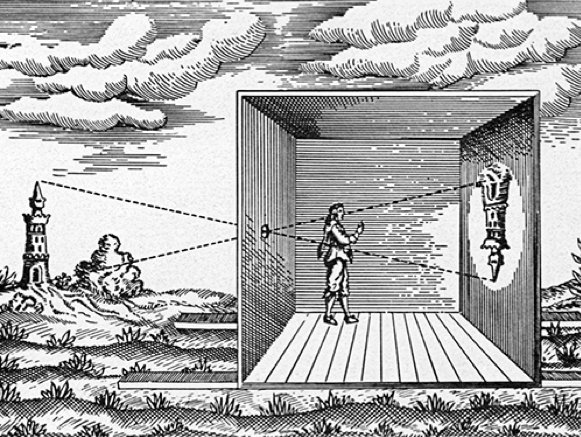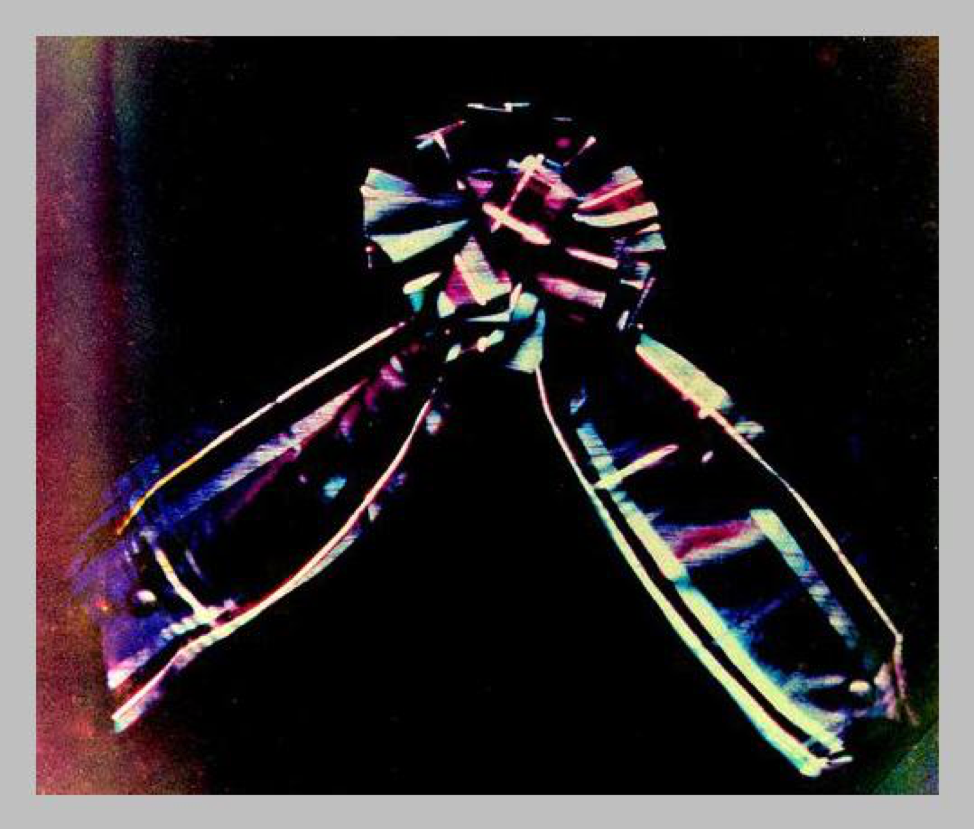The History of Photography 101
Photography has certainly come a long way with its accessibility to the masses. I cannot remember a time that my parents did not have a camera. Back then they were all film but we still recorded every school awards ceremony, birthday party, band recital, and Cub Scout camp out. To this day, my parents still have reams of old photo albums that capture my early 90’s bowl cut for future generations to behold. But in the present, my kids have even more access to old photos than I did. I remember getting wind and shoot disposable cameras on vacation so I could take pictures of my family. My kids, on the other hand, know exactly how to take pictures with their tablets. While we take photography for granted, its availability was not always as accessible. In this article we are going to explore the how and why of the origination of photography as well as its evolution over time.
Sir John Herschel is attributed with coining the word “photography” in 1839. The first photograph as we know it today was produced just a few short years before that; however, humans have been manipulating light and images far before then. The natural phenomenon of “camera obscura” or pinhole image was first recorded in 4th century BCE in the Chinese writings called Mozi. This phenomenon allowed the observer to study optics and astronomy, especially to safely watch solar eclipses without damaging the eyes. This method projects a reversed image through a small opening onto an opposite surface.
It wasn’t until 1717 that German polymath Johann Heinrich Shulze accidentally discovered that chalk and nitric acid with some silver particles was darkened by sunlight. He was able to put this substance in bottles with stenciled letters on the outside to recreate those letters on the inner substance. Shulze named the substance “Scotophorus” and published his findings in 1719.
Thomas Wedgwood is thought to be the first person to have thought of creating permanent images on a material coated with light-sensitive chemicals. He originally tried to permanently capture camera obscura images but found that they were too faint for his chemical coating. He was able to copy the shadows and textures of painted glass plates onto white leather as well as paper moistened with his silver nitrate solution.
In 1816 Nicephore Niapce succeeded in capturing images from a small camera onto paper coated with silver chloride. This produced “negatives”, darkest where the camera image was lightest and vice versa. While he was able to capture the images, he was unable to prevent the coating from darkening all over when exposed to light for viewing. This process was finally mastered in the mid – late 1800’s.
The daguerreotype was made popular in the response to the demand for portraiture in the Industrial Revolution. Because it was less expensive than having a painting made, this method was very popular with the middle class during that time.
The first color photographs were made by a set of three black and white photographs taken through red, green, and blue color filters and superimposed onto each other. The first example of this method was in 1861 by Thomas Sutton. That process went through multiple iterations in order to capture more and more accurate photographs.
In 1957, a team at the National Institute of Standards and Technology developed a very crude binary digital version of a photograph. This allowed for any visual graphic to be transferred into digital technology. That original technology has been expounded upon for the last 60 years to give us the technology that we have today.
Thanks to the early pioneers of image capturing technology, we are now able to snap photographs as easily as pulling a device out of our pockets. It has allowed us to capture and relive some of the most precious moments of our lives. Just as the technology that fuels photography, the art of taking a photo has also evolved. Check back with us as we lend our experience in order to explore just what it takes to capture that perfect picture.



